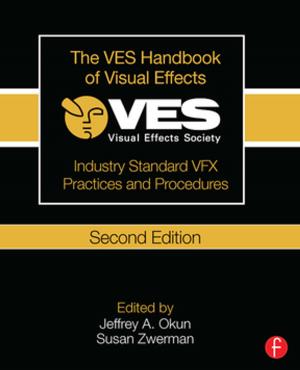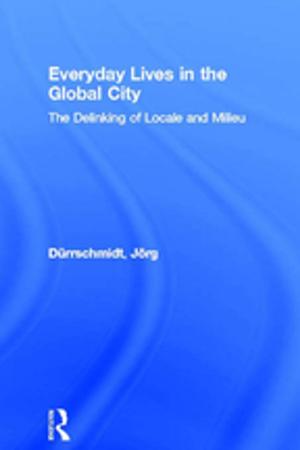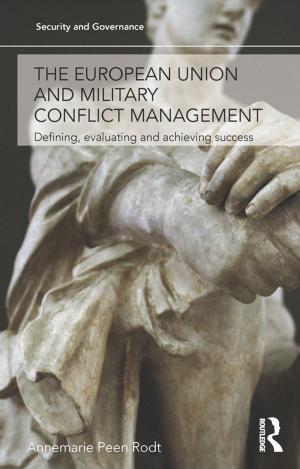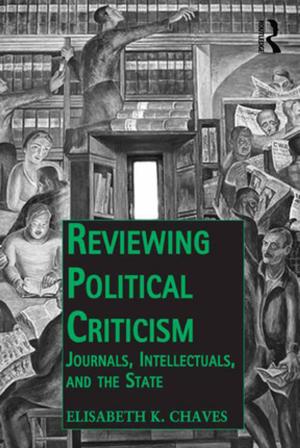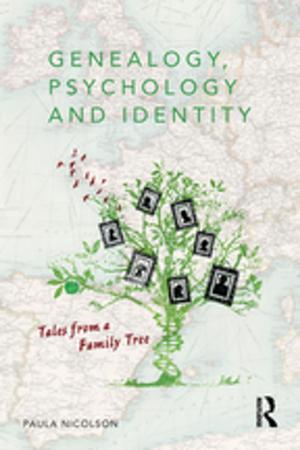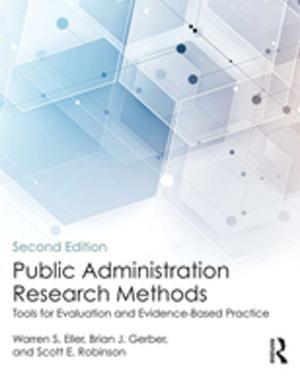The Annual of Psychoanalysis, V. 26/27
Nonfiction, Health & Well Being, Psychology, Pathological Psychology, Applied Psychology, Psychotherapy| Author: | ISBN: | 9781134900978 | |
| Publisher: | Taylor and Francis | Publication: | June 17, 2013 |
| Imprint: | Routledge | Language: | English |
| Author: | |
| ISBN: | 9781134900978 |
| Publisher: | Taylor and Francis |
| Publication: | June 17, 2013 |
| Imprint: | Routledge |
| Language: | English |
Volume 26/27 begins with publication of The Annual's first prize essay, Samuel Abrams's "How Child and Adult Analysis Inform and Misinform One Another." This is followed by a series of papers originally prepared for a symposium honoring John E. Gedo. These papers span the clinical topics of obsessiveness, sublimation, dreams and self-analysis, and analyzability, and also delve into applied psychoanalysis and art history, with two studies of Vincent van Gogh and another of Alberto Giacometti. These papers not only convey the impressive range of Gedo's own interests, but embody the high scholarly and clinical standards that Gedo has long held, both for himself and for the field in general.
Section III offers original contributions to clinical analysis in the form of the consideration of the role of affective engagement in the analyst's "usability"; thoughtful assessment of the perils of parental projection in child analytic work; and comparison of a failed and successful supervision in the same psychoanalytic case. Section IV examines psychoanalysis and the arts, with two further studies of van Gogh, an analytic reading of Nabokov's Lolita, and more general examinations of psychoanalysis in relation to dramatic art and film analysis. The volume closes with two provocative scholarly essays bearing on the roots of psychoanalysis: the correspondence between Mabel Dodge and her analysts Smith Ely Jelliffe and A. A. Brill as a vehicle for reviewing the issue of extra- and postanalytic contact between analyst and patient; and an examination of Freud, Lacan, and the uneasy relationships among literature, psychoanalysis, and the female subject.
Volume 26/27 offers readers a rich harvest of contemporary insights about psychoanalysis, including its history and evolution, its continuing clinical refinement, and its scholarly applications outside the consulting room.
Volume 26/27 begins with publication of The Annual's first prize essay, Samuel Abrams's "How Child and Adult Analysis Inform and Misinform One Another." This is followed by a series of papers originally prepared for a symposium honoring John E. Gedo. These papers span the clinical topics of obsessiveness, sublimation, dreams and self-analysis, and analyzability, and also delve into applied psychoanalysis and art history, with two studies of Vincent van Gogh and another of Alberto Giacometti. These papers not only convey the impressive range of Gedo's own interests, but embody the high scholarly and clinical standards that Gedo has long held, both for himself and for the field in general.
Section III offers original contributions to clinical analysis in the form of the consideration of the role of affective engagement in the analyst's "usability"; thoughtful assessment of the perils of parental projection in child analytic work; and comparison of a failed and successful supervision in the same psychoanalytic case. Section IV examines psychoanalysis and the arts, with two further studies of van Gogh, an analytic reading of Nabokov's Lolita, and more general examinations of psychoanalysis in relation to dramatic art and film analysis. The volume closes with two provocative scholarly essays bearing on the roots of psychoanalysis: the correspondence between Mabel Dodge and her analysts Smith Ely Jelliffe and A. A. Brill as a vehicle for reviewing the issue of extra- and postanalytic contact between analyst and patient; and an examination of Freud, Lacan, and the uneasy relationships among literature, psychoanalysis, and the female subject.
Volume 26/27 offers readers a rich harvest of contemporary insights about psychoanalysis, including its history and evolution, its continuing clinical refinement, and its scholarly applications outside the consulting room.


